Gordon Parks, one of the greatest photographers of the twentieth century, was a humanitarian with a deep commitment to social justice. He left behind an exceptional body of work that documents American life and culture from the early 1940s into the 2000s, with a focus on race relations, poverty, civil rights, and urban life. Parks was also a distinguished composer, author, and filmmaker who interacted with many of the leading people of his era—from politicians and artists to athletes and other celebrities.

The Marianna Kistler Beach Museum of Art presented Gordon Parks: “Homeward to the Prarie I Come” at the Kansas State University on (9/7/21-5/28/22). Through collaborating with academic departments and community entities, the museum coordinated an educational residency and public performance by jazz great Terence Blanchard and his band, the E-Collective, in April 2022 as an opportunity for the public to gain an understanding of Gordon Parks through the work of contemporary artists.
The LightSquad group worked virtually and on-site to complete a signature project under Associate professors Andrew F. Scott and Roxanne Minnish’s direction. It employed enhanced teaching methodologies and techniques rotted in project-based engagements of emerging media art that yielded significant cultural artifacts. The project provided direct benefits to the professional development of students who learned to work collaboratively on a real-world problem.
Content development for the concert and studio interactions were rotted in a Design Thinking process that used a Synectic creative framework.
Project Overview
During the academic year 2021/2022, the ATEC LightSquad completed signature projects under Associate Professor Andrew F. Scott’s direction. It employed enhanced teaching methodologies and techniques rooted in project-based engagements of emerging media art that yield significant cultural artifacts. The project provided direct benefits to the professional development of students who learned to work collaboratively on a real world problem.
Grounding Studio Principles
Content development for the concert and studio interactions will be rooted in a Design Thinking process that uses a Synectic creative framework.
Design Thinking is a design methodology that provides a solution-based approach to solving problems. It’s extremely useful in tackling complex problems that are ill-defined or unknown, by understanding the human needs involved, by re-framing the problem in human-centric ways, by creating many ideas in brainstorming sessions, and by adopting a hands-on approach in prototyping and testing. Understanding these five stages of Design Thinking empowered anyone to apply the Design Thinking methods in order to solve complex problems that occur around us — in our companies, in our countries, and even on the scale of our planet.










You must be logged in to post a comment.